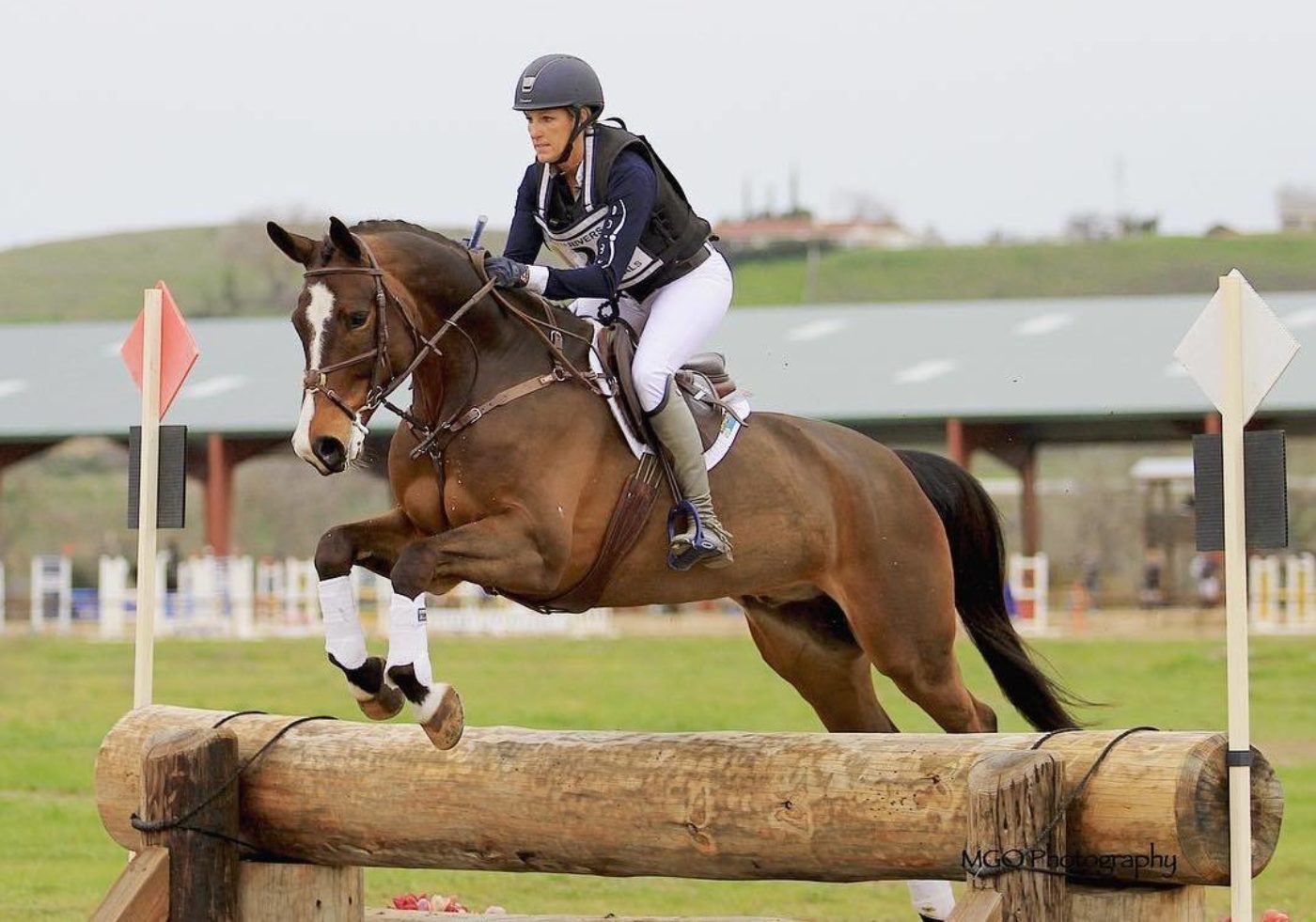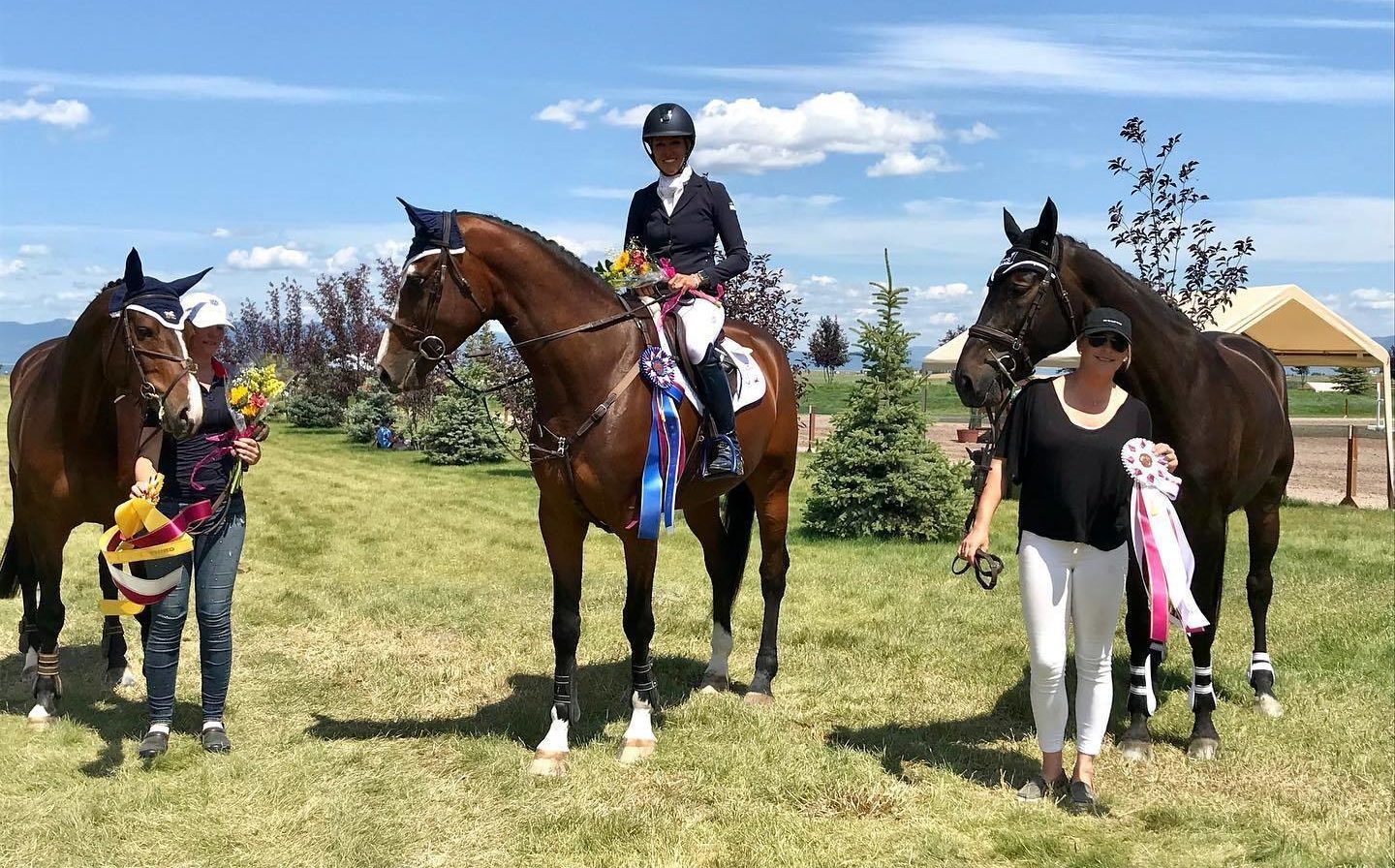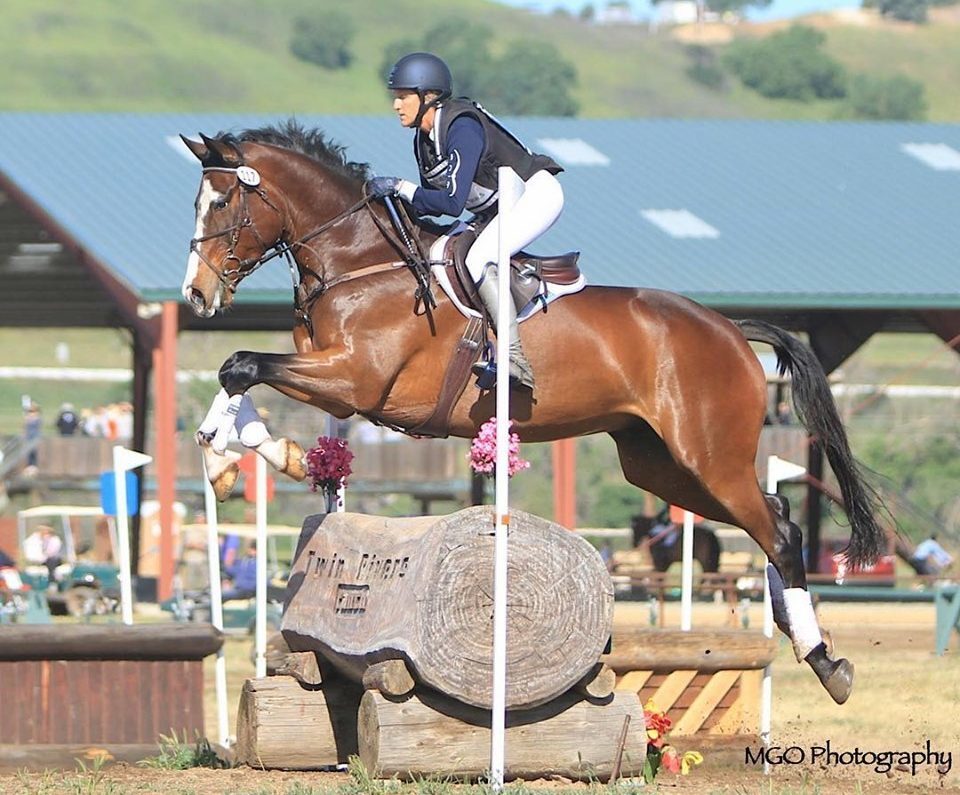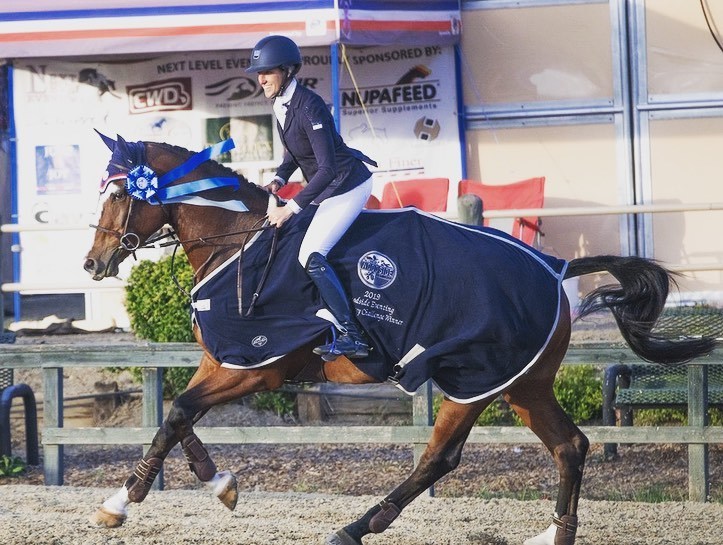

One of the biggest mistakes we make with young horses is asking too much of them for too long. The ones that find something easy are often the ones you need to be most cautious of pushing too much, as it doesn’t actually feel like you’re pushing them. Then at some point down the road they start to worry, struggle, and often hit a training ‘plateau’. The goal is to avoid this altogether by allowing the work to be easy, inspiring, and manageable for short periods of time.
Downtime allows the horse to decompress from the huge change in their life once they step into the ’training barn’ scenario. Often, they’ll come in from living in a field with friends to a stall, smaller paddock/ run with less interaction with other horses than they’re accustomed to. The environment can often be far more stimulating than their formative years and cause stress on a day-to-day level. Others thrive on the activity and fully engage in the new activities happening all around them on a daily basis. The role of the owner, trainer, or rider is to identify each horse's individual needs and decide when it’s time to take a break. The increase in work also puts stress on the bodybuilding strength in tendons, ligaments, and muscles is key to keeping them happy in training and avoiding injury.
There are a lot of different thoughts for time off in horses at a young age. It really varies depending on the horse. Sometimes bigger horses need small amounts work early so they can learn basic things before they get too big, strong, and overpowering. I think in their early years, frequent breaks spanning weeks to months is crucial. As they get older, breaks seem to come after competitions, so as younger horses it’s often harder to remember to take the time to step away.

The biggest thing I notice when importing horses is how tired they are for at least a month after arriving. The younger the horse, the more stress placed on them. Importing competition horses is a little easier as they are somewhat used to traveling to shows, but nothing prepares them for the huge trip that is coming from Europe to the U.S., even more so for our horses traveling all the way to California. Again, every situation is different - often they will arrive and I will take a few days before I hop on a hack around a little.
It's easy to get carried away playing with your amazing new partner but just know the change is more shocking to them than we can even imagine. I often won’t compete mine for months after arriving, taking the time instead to go to a clinic or lesson and get to know them ‘away from home’ a little more. If the horse has been competing, it’s not necessary they get ’turned out’ altogether - often a much lighter workload is more beneficial to helping them settle into their ’new’ life, especially if they’re used to a certain level of work.
Most importantly, the changes in environment and feed are far more shocking to the horses and therefore the expectation to compete straight away should be taken into consideration. This is particularly evident on the West Coast as access to green pasture isn’t as easy to come by as it is on the East Coast. This makes the transition even more shocking for horses. Time also needs to be allowed for the feet to change, depending on the time of year they’re imported and the hemisphere they're accustomed to.

I started out in the sport at the end of the long format era. I was lucky enough to build my training program through the last years of those events, so I think my idea of time off after big events is really influenced by those early experiences. I competed at the last traditional long format CCI4* (now CCI5*-L) at Adelaide and numerous CCI3* (now CCI4*-L) events which helped shape my understanding of interval training and building up to events then allowing the horses to really ‘let down’ afterward. I used to always give them 4-6 weeks off after a long format, now I think we’ve shortened that to 2-4 weeks in many cases.
One of the biggest challenges is what to do with horses during downtime. Now I'm based in California, access to grass pasture is scarce and given the shift in the sport from longer less frequent events to longer seasons with more shows, how we manage our horses' downtime is even more important. Space to move around freely is imperative and in California that’s somewhat hard to come by. The East Coast challenges are different as climate (hot and cold) can present their own set of struggles for horses when changing their routines. The key is to keep them happy in the downtime, for some horses changing the routine is too much to handle, so keeping some level of walking or hacking may be necessary to maintain mental soundness. The goal is to have horses peak and let down still, not stay at the same level of fitness throughout the entire season (which can literally go almost 12 months of the year now depending on where you live).
I think seasonal vacations for horses are probably more based around our social schedules than what the horses want! Holidays are naturally good times to allow horses to let down while we do the same. I used to really enjoy my summer vacation over Christmas in Australia growing up, I think my horses did too!

About the USEA Young Event Horse Program
The Young Event Horse (YEH) Program was first established in 2004 as an eventing talent search. Much like similar programs in Europe, the YEH program was designed to identify young horses that possess the talent and disposition to, with proper training, excel at the uppermost levels of the sport. The ultimate goal of the program is to distinguish horses with the potential to compete at the four- and five-star levels, but many fine horses that excel at the lower levels are also showcased by the program.
The YEH program provides an opportunity for breeders and owners to exhibit the potential of their young horses while encouraging the breeding and development of top event horses for the future. The program rewards horses who are educated and prepared in a correct and progressive manner. At qualifying events, youngsters complete a dressage test and a jumping/galloping/general impression phase. At Championships, young horses are also evaluated on their conformation in addition to the dressage test and jumping/galloping/general impression phase. Click here to learn more about the Young Event Horse Program.
The USEA would like to thank Bates Saddles, SmartPak, Standlee Hay Company and C4 Belts for sponsoring the Young Event Horse Program.
The 2024 Defender Kentucky Three-Day Event is truly an eventing lover’s paradise with four full days of competition, vendors galore, opportunities to meet some of the sport’s greatest riders face-to-face, and so much more. For a seasoned Kentucky veteran, hopping over to the Kentucky Horse Park for the fun feels easy enough, but attending Kentucky might feel a bit overwhelming for first-timers. We chatted with USEA members from all over the country to get their favorite Kentucky tips to share with you. Check them out here!
There are some familiar names and new faces on the five-star roster for this year's Defender Kentucky Three-Day Event. Which horses have had recent top placings? Which riders have seen success at the Kentucky Horse Park in previous years? Which horse is called "Grandpa" by his rider and which one was purchased for $1?
The United States Eventing Association, Inc. (USEA) is thrilled to announce Canter Culture as a “Silver Sponsor for the USEA American Eventing Championships” taking place at the Kentucky Horse Park in Lexington, Kentucky, Aug. 27-Sept. 1.
If you’re a new team setting out to compete in the 2024 USEA Intercollegiate and Interscholastic Eventing Championships in just a couple of weeks, preparing for the “happiest horse trial” in the U.S. may seem a bit daunting. With five components to the Spirit Award contest that require creativity and cohesion between team members, there is a lot that goes into preparing and packing to leave for the event.